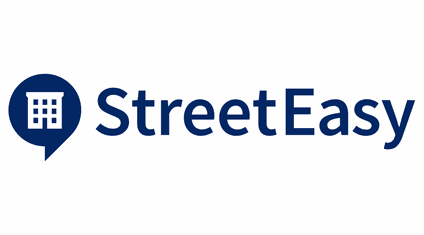As per the Disability Inclusion Overview, 15 percent, or 1 billion people, experience some form of disability. It’s a collective responsibility for those who manage websites to apply and adhere to accessibility principles for a better user experience. WCAG, otherwise known as Web Content Accessibility Guidelines, has played a crucial role in making sure that websites are accessible to all users with or without disabilities.
Our project is based on a real estate listing website titled https://streeteasy.com/. We chose a real estate website for our evaluation because housing is one of the important needs of humans. If web designers for a real estate website do not follow accessibility guidelines, many people are excluded from easily finding a home. As per the National Association of Realtors report, “the internet serves as a tool for all generations of home buyers; 97% of all homebuyers used the internet in their home search”( Disability inclusion overview.), “ 43 percent of all home buyers looked online for properties for sale”, and “48% of Gen Xers and Younger Boomers first looked online for properties for sale”( National Association of Realtors®). That’s a large audience that web designers should not disregard.
Author Barbara A. Manko suggests that “the accessibility and functionality of both the top menu links and the submenu links are just as important as the data to which they lead. Websites constructed without implementing these principles in the user interface are unlikely to build web traffic over time.” ( Manko, B. A. (2022))Better design leads to better traffic and results according to the stats. A similar real estate website Zillow is able to attract 218 million visitors every month, in part thanks to their accessible web design.
The real estate industry is trying its best to be inclusive and implement website accessibility. In a blog, Stacey Swinehart Ganderson mentions about her position on realtor.com. She mentions that she’s making a conscious effort to make their product design “accessible and inclusive for everyone”. She says, “I think this is really important because everyone deserves to have a home of their own, and we’re helping to make that a reality […] we want to ensure that our digital experiences are available to everyone regardless of how they use the internet or digital devices”( Murphy, N. (2021, August 16). In our evaluation, we hope to achieve the goal of more accessible house hunting by applying WCAG standards on streeteasy.com as well as assessing usability with 3 personas’ cognitive walkthroughs.
References
Disability inclusion overview. World Bank. (n.d.). Retrieved May 3, 2023, from https://www.worldbank.org/en/topic/disability
Manko, B. A. (2022). Teaching user-friendly web design: A case study on Zillow.com in the real estate industry. Journal of Information Technology Teaching Cases, 12(1), 35–42. https://doi.org/10.1177/20438869211002201
Murphy, N. (2021, August 16). Designing for accessibility and inclusivity. Homemade. Retrieved May 4, 2023, from https://www.realtor.com/homemade/designing-for-accessibility-and-inclusivity/
National Association of Realtors®. (n.d.). Retrieved May 4, 2023, from https://www.nar.realtor/sites/default/files/documents/2021-real-estate-in-a-digital-age-10-05-2021.pdf
